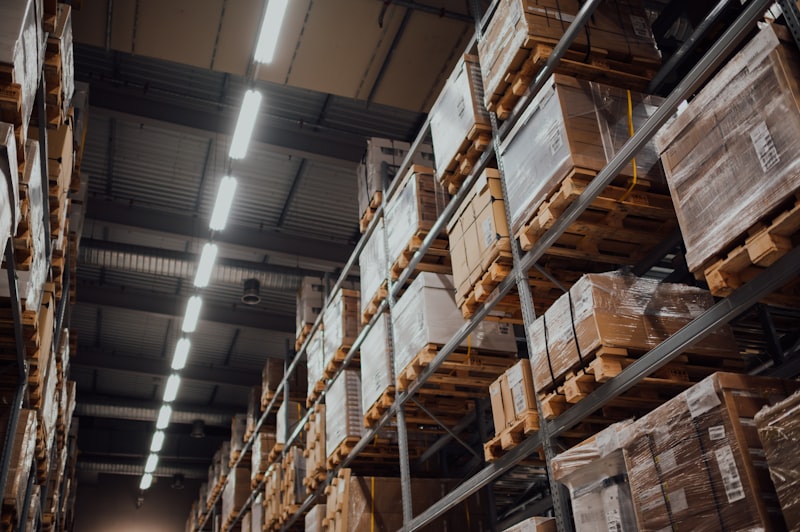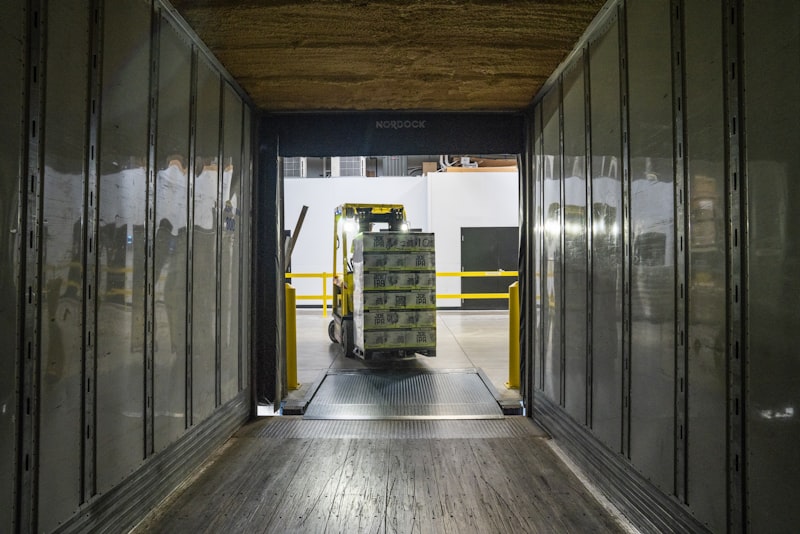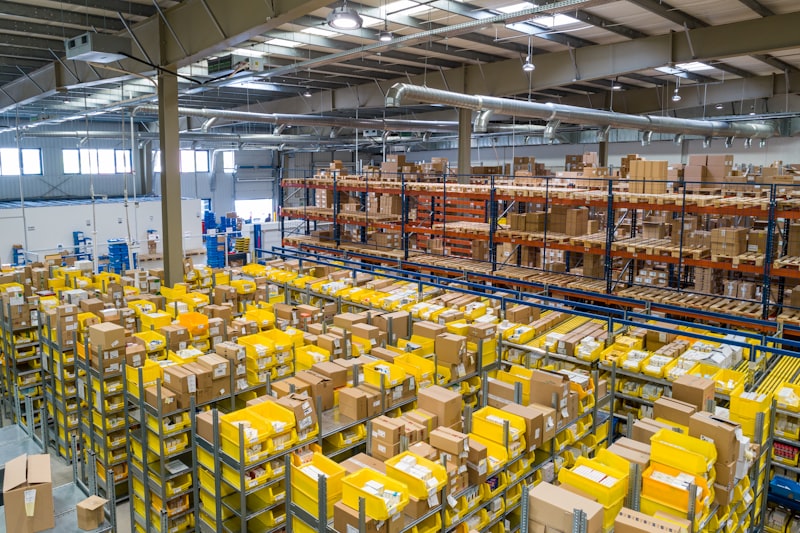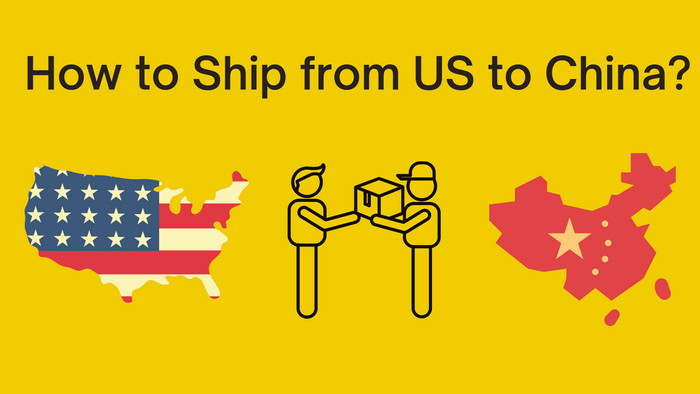The global cross-border eCommerce industry is developing rapidly. More local eCommerce companies are going international these days for growth. The development of cross-border eCommerce logistics and cross-border eCommerce are intertwined. The growth of border e-commerce has helped the growth of the cross-border logistics industry.
This article will detail the logistics model, development, problems, and solutions of global eCommerce fulfillment.
1. What is cross-border e-commerce logistics?
The difference between cross-border e-commerce logistics and local logistics is only in geography. Cross-border e-commerce logistics refers to cross-border e-commerce sellers transporting goods from their home country by land, air, or sea to the target market country or region. Cross-border shipping means international shipping.
2. The primary model of cross-border e-commerce logistics.
Cross-border e-commerce is characterized by small quantities, large batches, and unstable orders. Therefore, cross-border e-commerce mainly adopts the following logistics modes: centralized shipping, international shipping, and overseas warehousing.
1. Centralized logistics service
Centralized logistics is also known as dedicated line logistics. Generally, the parcels of many buyers in the same area are sent to the destination country or region through the air-dedicated line and then distributed through the local couriers. They mostly use air transportation because of the scale effect, so their logistics timeliness and transportation costs will be lower than international shipping.
2. International shipping service
International shipping is the fastest but most costly transportation method. Its most significant advantage lies in providing the customer with a great experience. Still, sellers will not choose international shipping as their default option because of its high cost unless the buyer requires it explicitly. Therefore, global shipping accounts for a relatively small share of the cross-border e-commerce market.
3. Overseas warehousing service
Overseas warehousing(a.k.a overseas warehouse shipping) is that cross-border e-commerce sellers ship goods in advance to the warehouse of the destination country. After the customer places an order, the goods will be sent directly from the overseas warehouse. It can improve shipping efficiency and offer a seamless customers experience. However, sellers usually only choose best-selling products for overseas warehouse stocking.
3. The problems are facing cross-border e-commerce logistics.
Cross-border e-commerce logistics have many problems such as high transportation costs, slow order fulfillment, late logistics information update, goods return, and exchange difficulty.
For markets with high timeliness requirements, such as the US, China, and Japan, they adopt international commercial express delivery. For companies, logistics costs typically account for 20% to 30% of the total cost.
The cost of eCommerce international shipping takes longer to deliver to customers due to distance. The problem of logistics informatization, due to the further development of domestic and international logistics, makes it challenging to provide consistent and timely shipping and delivery information.
This situation makes it difficult to improve the satisfaction and brand loyalty of overseas buyers. For the issue of return and exchange, if buyers need to return or exchange goods, there will be high logistics costs and troublesome processes.
4. International e-commerce logistics solutions.
Most global eCommerce sellers use overseas warehouses to solve logistics problems. Oversea warehouses can reduce transportation costs and improve international order fulfillment speed. Besides, it makes the local eCommerce returns logistics possible.
For example, it takes 15-30 days to send a package from a country to another destination country. Suppose there is an overseas warehouse in the local area. In that case, it can be reduced to about 7 days, and overseas warehouse tracking is more transparent and accurate. In addition, the shipping rate is cheaper than sending the package directly from the departure country.
Although overseas warehouses can solve many cross-border logistics problems, it is not a "master key." The overseas warehouses will also bring other new issues:
1. Logistics information technology
Overseas warehouses are relevant to logistics information technology. The requirements of international eCommerce order fulfillment are very high. Because it is necessary to transport goods to overseas warehouses for storage, companies have to manage the whole global order fulfillment process remotely.
2. Goods storage
Because of stranded goods, the goods stored in overseas warehouses must be the best-selling goods of the store and have a high turnover rate. Otherwise, the warehouse is very likely to be blown out. It is also because a large part of the profit of overseas warehouses comes from the rapid circulation of commodities.
3. High taxes
No matter which market you are in, overseas warehouses will inevitably encounter legal risks. Any warehouse opened by the local government should be a local entity enterprise, not a warehouse.
Shipment is buying and selling, and buying and selling must be taxed. Suppose sellers can not provide the local tax invoice to the end customer. In that case, some countries may consider it as tax evasion.
4. Lack of talents or high labor costs.
Warehousing requires talents with strong IT and supply chain management skills. It is challenging to recruit such talents in some developing countries. In developed countries such as the US and UK, labor costs are very high. These two factors will increase the operating cost of overseas warehouses.
5. Local law and regulation
Overseas warehouses need to employ local people to do the work. Therefore, it is necessary to comprehend the local labor laws. At the same time, some goods need to be destroyed locally, such as expired food or broken consumer electronics products. In that case, it involves environmental protection and other matters.
5. How do cross-border sellers manage the international warehouse?
Every coin has two sides. Use fulfillment services of overseas warehouses still has more advantages than disadvantages for cross-border e-commerce sellers.
1. Work with international 3pl companies
The cost of renting a warehouse is high. It is not practical for small or middle size international sellers. Working with 3pl international logistics companies is more feasible for them. 3rd party logistics service cost involves operating, logistics, and storage. The difference between 3rd and 4th party logistics
2. Only store popular products
Commodities stored in overseas warehouses must be best-selling products with fast turnover. For example, items such as small hardware are standardized, have fewer SKUs, and are relatively heavy and easy to manage. Through bulk overseas warehouse storage, sellers can significantly reduce logistics costs.
3. Do delivery analysis
For small and medium-sized sellers, it is best to stock about 500 single items at a time. Sellers should consider using air transportation as the first choice.
The main reason is that air transportation generally only takes about seven days. In comparison, sea transportation usually takes more than 30 days. The choice of sea transportation is generally only in the case of vast quantities.
4. Deliver packages timely
Usually, after the customer place the order, the seller can ship the goods. It is recommended to use shipping and tracking API to manage the order delivery because it helps sellers save a lot of trouble. Not all 3rd party logistics warehouses provide this service or
5. Prepare for stock replenishment
It is an integral part of the entire global eCommerce order fulfillment. When to replenish the goods mainly depends on the sales level of the goods and the real-time inventory information shared by the 3rd party logistics companies. It is usually necessary to prepare in advance. The typical solution is to set the inventory warning notification.
Conclusion
logistics management in eCommerce is as difficult as global eCommerce website marketing. If you are one of the online sellers who want to sell internationally for more profits, it is the best practice to meet some warehouse solution international providers, for international eCommerce logistics research first.
KeyDelivery Ecommerce Daily News is a free blog featuring news & articles about the global eCommerce industry. Cross-border, marketing, funding, and much more! We will share international eCommerce news every day and be the best eCommerce news website!
More eCommerce tips for you
Top 11 Ecommerce Tracking & Shipping API in 2021
16 Indian Courier Tracking & Shipping Service Providers 2021




![Top 11 Best Logistics Companies In Australia For Business [2022]- KeyDelivery](https://www.kd100.com/blogfile/img/best-logistics-courier-companies-in-australia.jpg)
![10 Best Courier Companies In Abu Dhabi [Ecommerce Hacks 2022]](https://www.kd100.com/blogfile/img/best-courier-service-in-abu-dhabi-dubai-uae.jpg)
